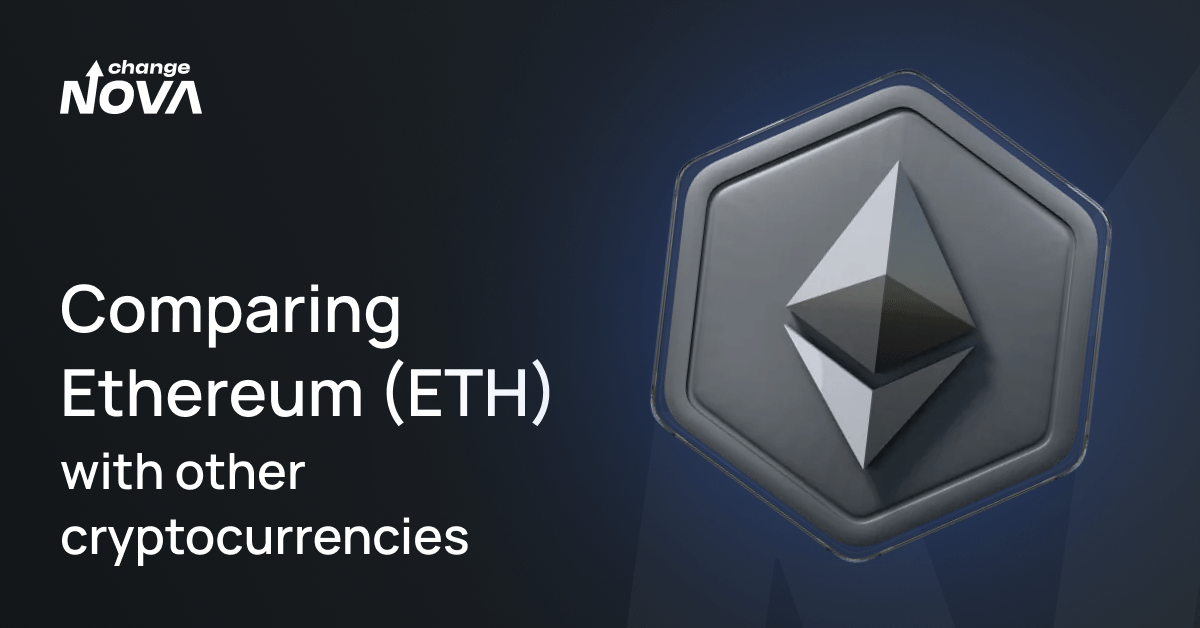Ethereum, since its inception by Vitalik Buterin and others in 2015, has emerged as more than just a cryptocurrency. Distinct from its predecessors and contemporaries, Ethereum introduced the concept of a ‘smart contract’ platform, aiming to go beyond the financial transactions for which Bitcoin was known. It is not just a network for exchanging monetary value, but a platform for running decentralized applications (DApps). This innovative approach has positioned Ethereum as a significant player in the blockchain and cryptocurrency world.
Ethereum’s Unique Features
The most striking feature of Ethereum is its smart contract functionality. Smart contracts are self-executing contracts with the terms of the agreement directly written into code. They run on the Ethereum blockchain and automatically execute, control, or document legally relevant events according to the terms of a contract or an agreement. This technology enables the creation of decentralized applications (DApps), which can run without any downtime, fraud, control, or interference from a third party. Ethereum’s native token, Ether (ETH), is used as a “fuel” for operating these smart contracts and DApps. The platform’s ability to support a wide range of applications, from finance and real estate to gaming and art, sets it apart from other cryptocurrencies.
Comparison with Bitcoin (BTC)
While Bitcoin and Ethereum are both based on blockchain technology, they serve different purposes. Bitcoin was created by an individual or group under the pseudonym Satoshi Nakamoto as a “peer-to-peer electronic cash system.” Its primary goal is to facilitate online payments directly between two parties without going through a financial institution. On the other hand, Ethereum is designed as a platform to facilitate immutable, programmatic contracts, and applications via its own currency. While Bitcoin transactions are primarily monetary, Ethereum transactions may be executable codes. Additionally, Ethereum blocks are confirmed approximately every 15 seconds, compared to Bitcoin’s 10 minutes, leading to faster transactions.
Ethereum vs. Ripple (XRP)
When comparing Ethereum with Ripple (XRP), the contrast is quite stark. Ripple, primarily known for its digital payment protocol more than its cryptocurrency, is tailored for fast, cross-border financial transactions. It’s favored by financial institutions and banks for its efficiency and low transaction fees. Ethereum, while it can also process transactions, is more focused on its role as a platform for decentralized applications and smart contracts. Ripple’s network, unlike Ethereum’s fully decentralized model, is a bit more centralized, which is a point of critique among purists in the crypto community. This difference in design philosophy reflects the diverse applications of these platforms.
Ethereum and Litecoin (LTC)
Ethereum and Litecoin (LTC) cater to different aspects of the digital blockchain world. Litecoin, created by Charlie Lee in 2011, was designed as a lighter (hence the name) alternative to Bitcoin. It offers faster transaction processing times and a different hashing algorithm. Ethereum’s uniqueness lies in its extended functionalities beyond mere cryptocurrency transactions – particularly its smart contracts and DApps. While Litecoin is seen as a more straightforward transactional currency, Ethereum provides a broader platform for developers and entrepreneurs, making it a backbone for numerous innovative projects.
Future Outlook of Ethereum
The future of Ethereum, especially with the transition to Ethereum 2.0, looks promising. This significant upgrade aims to improve the network’s scalability, security, and sustainability, which could address many of the current limitations of the Ethereum network, such as high gas fees and less environmental friendliness. Ethereum’s shift to a proof-of-stake consensus algorithm is particularly anticipated, as it represents a more energy-efficient approach to maintaining the network. For users and investors in Ethereum, and platforms like https://www.novachange.cc/exchange/eth-to-usdt-trc20/ , these developments could significantly enhance the appeal and functionality of the Ethereum ecosystem, potentially leading to greater adoption and innovation.
Ethereum’s Role in Decentralized Finance (DeFi)
A critical area where Ethereum has been a game-changer is in the realm of Decentralized Finance (DeFi). The DeFi movement leverages decentralized networks to transform old financial products into trustless and transparent protocols that run without intermediaries. Ethereum, with its robust smart contract capabilities, stands at the core of this revolution. From creating decentralized exchanges to lending platforms, Ethereum is enabling a wave of financial innovation that was unimaginable a few years ago. Platforms like NovaChange.cc are testament to the increasing adoption and trust in blockchain technologies, showcasing how Ethereum is empowering users and reshaping the financial landscape.
Challenges and the Road Ahead
Despite its significant achievements, Ethereum faces its share of challenges. Scalability issues and high transaction fees, especially during peak usage, have been a concern for users and developers. However, with the upcoming Ethereum 2.0 upgrade, these issues are expected to be addressed, paving the way for more efficient and scalable applications. As the ecosystem continues to grow, the involvement of regulatory bodies and the need for more user-friendly interfaces are becoming crucial. The evolution of Ethereum will be pivotal in determining the trajectory of blockchain technology and cryptocurrencies. With platforms like NovaChange integrating these advancements, the future of digital finance looks more inclusive and innovative than ever.
